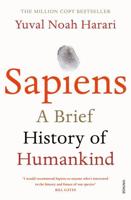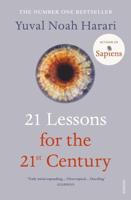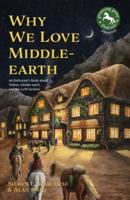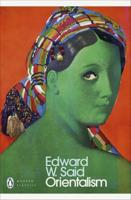Publisher's Synopsis
George Combe (1788-1858) rose from humble origins to tour widely in Europe and the United States lecturing on phrenology, the popular Victorian belief that character traits were determined by the configuration of the skull. His most famous book, The Constitution of Man, published in 1828, put forward a naturalist agenda and sold approximately 350,000 copies. In 1857, Combe published On the Relation between Science and Religion. He denounces dogmatism and sectarianism, and argues insistently that religious leaders should encourage the study of science as revealing God's governance. He proposes that phrenology sheds light on the divine purpose and moral laws through an improved understanding of the human mind, and criticises both scientists and religious leaders who maintain that higher thought has nothing to do with the brain. His book ranges widely across the concerns of Victorian educated classes, and addresses questions many of which still resonate today.











